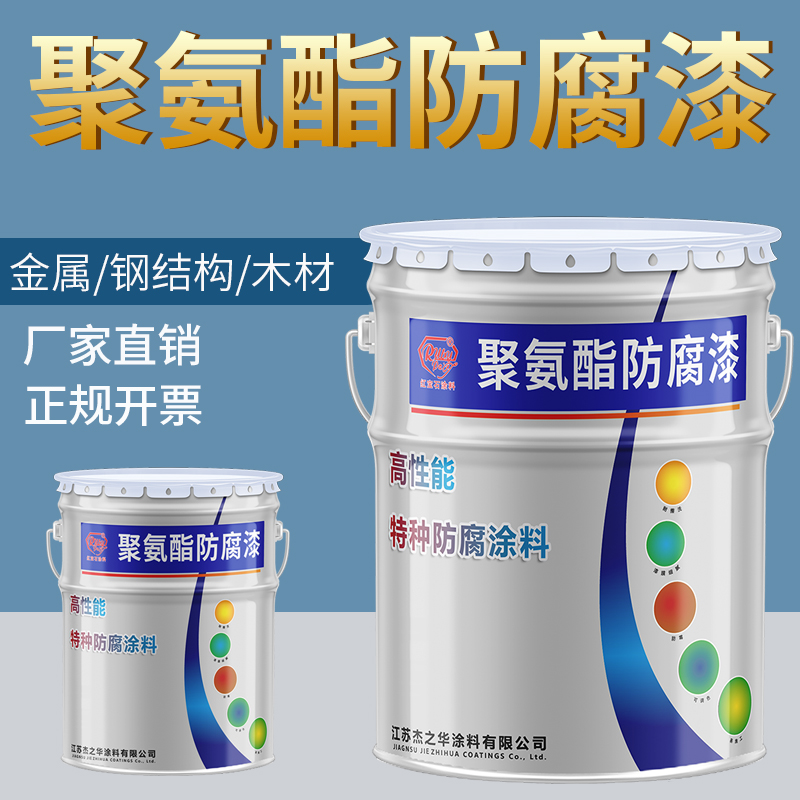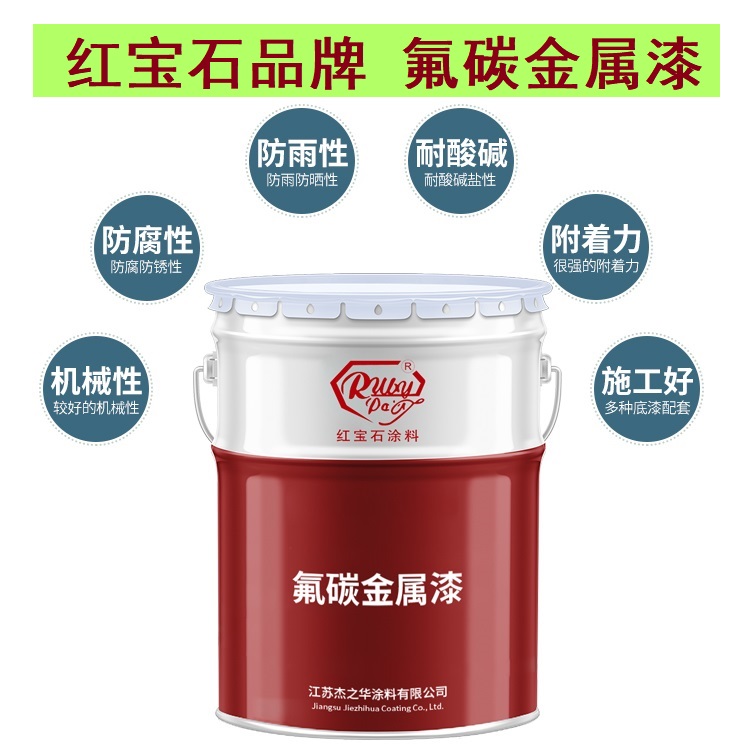Table of Contents
Applications Of Fluorescein Isothiocyanate (FITC) In Medical Imaging
Fluorescein isothiocyanate (FITC) is a fluorescent dye that has found widespread use in the field of medical imaging due to its unique properties. FITC is a derivative of fluorescein, a synthetic organic compound that emits a bright green fluorescence when exposed to light in the blue to ultraviolet range. This characteristic makes it an invaluable tool in various medical imaging applications, where it is used to label and visualize specific biological structures and processes.
| No. | Name |
| 1 | Industrial paint |
One of the primary applications of FITC in medical imaging is in the field of fluorescence microscopy. This technique allows researchers and clinicians to observe cellular and subcellular structures with high resolution and contrast. By conjugating FITC to antibodies or other targeting molecules, it is possible to selectively label specific proteins, organelles, or other cellular components. This selective labeling enables the visualization of dynamic processes within cells, such as protein interactions, signal transduction, and gene expression. The bright and stable fluorescence of FITC ensures that these processes can be observed with clarity, providing valuable insights into cellular function and pathology.

In addition to fluorescence microscopy, FITC is also used in flow cytometry, a technique that allows for the analysis of multiple parameters of individual cells within a heterogeneous population. FITC-labeled antibodies are commonly used to identify and quantify specific cell types based on the expression of surface markers. This application is particularly important in immunology and oncology, where it is used to characterize immune cell populations and to detect cancer cells, respectively. The ability of FITC to provide rapid and accurate measurements of cell populations makes it an essential tool in both research and clinical diagnostics.
Furthermore, FITC has been employed in the development of targeted imaging agents for in vivo imaging techniques such as fluorescence-guided surgery. By conjugating FITC to molecules that specifically bind to tumor cells, surgeons can visualize cancerous tissues in real-time during surgical procedures. This targeted approach helps to improve the precision of tumor removal while minimizing damage to surrounding healthy tissues. The use of FITC in fluorescence-guided surgery has shown promising results in improving surgical outcomes and reducing the rates of cancer recurrence.
Moreover, FITC’s applications extend to the development of diagnostic assays. For instance, FITC-labeled probes are used in fluorescence in situ hybridization (FISH) to detect and localize specific DNA sequences within chromosomes. This technique is widely used in genetic testing and research, providing critical information about genetic abnormalities and mutations. The high sensitivity and specificity of FITC-labeled probes make them ideal for detecting even subtle genetic changes, which can have significant implications for disease diagnosis and treatment.
In conclusion, fluorescein isothiocyanate (FITC) plays a crucial role in medical imaging across a variety of applications. Its bright and stable fluorescence properties make it an ideal choice for labeling and visualizing biological structures and processes. From fluorescence microscopy and flow cytometry to fluorescence-guided surgery and diagnostic assays, FITC continues to contribute to advancements in medical research and clinical practice. As technology progresses, the potential for new and innovative applications of FITC in medical imaging is likely to expand, further enhancing our ability to understand and treat various diseases.
The Role Of Fluorescein Isothiocyanate (FITC) In Flow Cytometry
Fluorescein isothiocyanate (FITC) is a fluorescent dye that has become an indispensable tool in the field of flow cytometry, a technique used to analyze the physical and chemical characteristics of particles in a fluid as they pass through at least one laser. FITC is valued for its ability to attach to antibodies, which are then used as probes to detect specific antigens within a cell population. This process, known as immunofluorescence, allows researchers to identify and quantify various types of cells and biomolecules.
The role of FITC in flow cytometry is primarily based on its fluorescent properties. When exposed to light of a specific wavelength, FITC absorbs this light and then emits it at a different wavelength. This emission can be detected and measured, providing valuable information about the cell or particle to which the FITC-labeled antibody is bound. The bright and stable fluorescence of FITC makes it an excellent choice for flow cytometry, where sensitivity and accuracy are crucial.
Moreover, FITC’s excitation and emission spectra are well-suited for the optical filters and detectors commonly used in flow cytometers. FITC is typically excited by the 488 nm laser line, and it emits a green fluorescence with a peak around 519 nm. This compatibility allows for easy integration of FITC into existing flow cytometry protocols without the need for additional equipment or extensive modifications.
In addition to its spectral properties, FITC’s relatively small size and low molecular weight contribute to its effectiveness in flow cytometry. These characteristics minimize any potential steric hindrance, which could interfere with the binding of the antibody to its target antigen. As a result, FITC-labeled antibodies can bind more freely and specifically, leading to more accurate and reliable measurements.
Furthermore, the chemistry of FITC facilitates its conjugation to antibodies. The isothiocyanate group of FITC reacts with amine groups on the antibodies, forming a stable thiourea linkage. This covalent bond ensures that the fluorescent label remains attached to the antibody during the flow cytometry process, preventing leaching of the dye and preserving the integrity of the fluorescent signal.
The application of FITC in flow cytometry extends beyond basic research and into clinical diagnostics and therapeutic monitoring. For instance, FITC-labeled antibodies are used to identify and enumerate specific subpopulations of immune cells, such as T cells, B cells, and monocytes. This information is crucial for diagnosing immune disorders, monitoring immune responses during infection or after vaccination, and evaluating the efficacy of immunomodulatory therapies.
Additionally, FITC’s role in multiparameter flow cytometry highlights its versatility and importance. In multiparameter assays, several different fluorescent dyes, including FITC, are used simultaneously to label multiple targets within the same sample. This approach allows for the comprehensive analysis of complex cell populations and provides insights into the interactions and functions of different cell types within a biological system.
In conclusion, fluorescein isothiocyanate (FITC) plays a critical role in flow cytometry by providing a reliable and efficient means of labeling antibodies for immunofluorescence. Its favorable spectral properties, ease of conjugation, and compatibility with existing flow cytometry equipment make FITC an invaluable tool in both research and clinical settings. As flow cytometry continues to evolve and expand in its applications, the use of FITC is likely to remain a cornerstone of this powerful analytical technique.
| No. | Products |
| 1 | Industrial paint |




